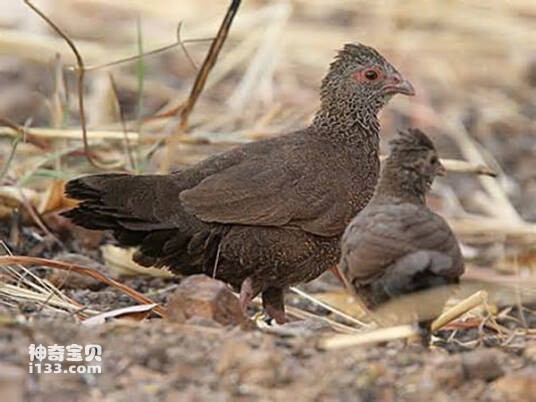Ptilopachus petrosus
IUCN
LCBasic Information
Scientific classification
- name:Ptilopachus petrosus
- Scientific Name:Ptilopachus petrosus
- Outline:Landfowl
- Family:Chickeniformes P. family P.Genus
Vital signs
- length:25-28cm
- Weight:190g
- lifetime:No textual research information is available
Feature
The body feathers are mainly chocolate brown with sparse cream-gray spots
Distribution and Habitat
Origin: Benin, Burkina Faso, Cameroon, Central African Republic, Chad, Democratic Republic of the Congo, Cote d 'Ivoire, Eritrea, Ethiopia, Gambia, Ghana, Guinea, Guinea-Bissau, Kenya, Liberia, Mali, Mauritania, Niger, Nigeria, Senegal, Sierra Leone, South Sudan, Sudan, Togo, Uganda.
Appearance
The quail is 25-28 cm long and weighs 190 grams. The special feature of this quail is that the female bird's eyes are brighter and more striking than the male bird's. The upper body plumage of both sexes is predominantly an earthy chocolate brown with sparse pale cream gray spots. The head, neck and chest are lighter brown and have wider cream edges, making the feathers look more fluffy and comfortable. The male's lower breast and belly are orange cream; The female is nearly pale and creamy. Both sexes have crests that form a slightly higher feather peak, but the female's feathers are much longer and therefore more pronounced.
Details
Ptilopachus petrosus usually lives in pairs or small groups of up to four quails and feeds on grass and herb seeds, green leaves, fruits and buds, and some insects.

Listed on the International Union for Conservation of Nature (IUCN) 2016 Red List of Threatened Species ver 3.1 - Not Threatened (LC).
Protect wild animals and eliminate wild meat.
Maintaining ecological balance is everyone's responsibility!








